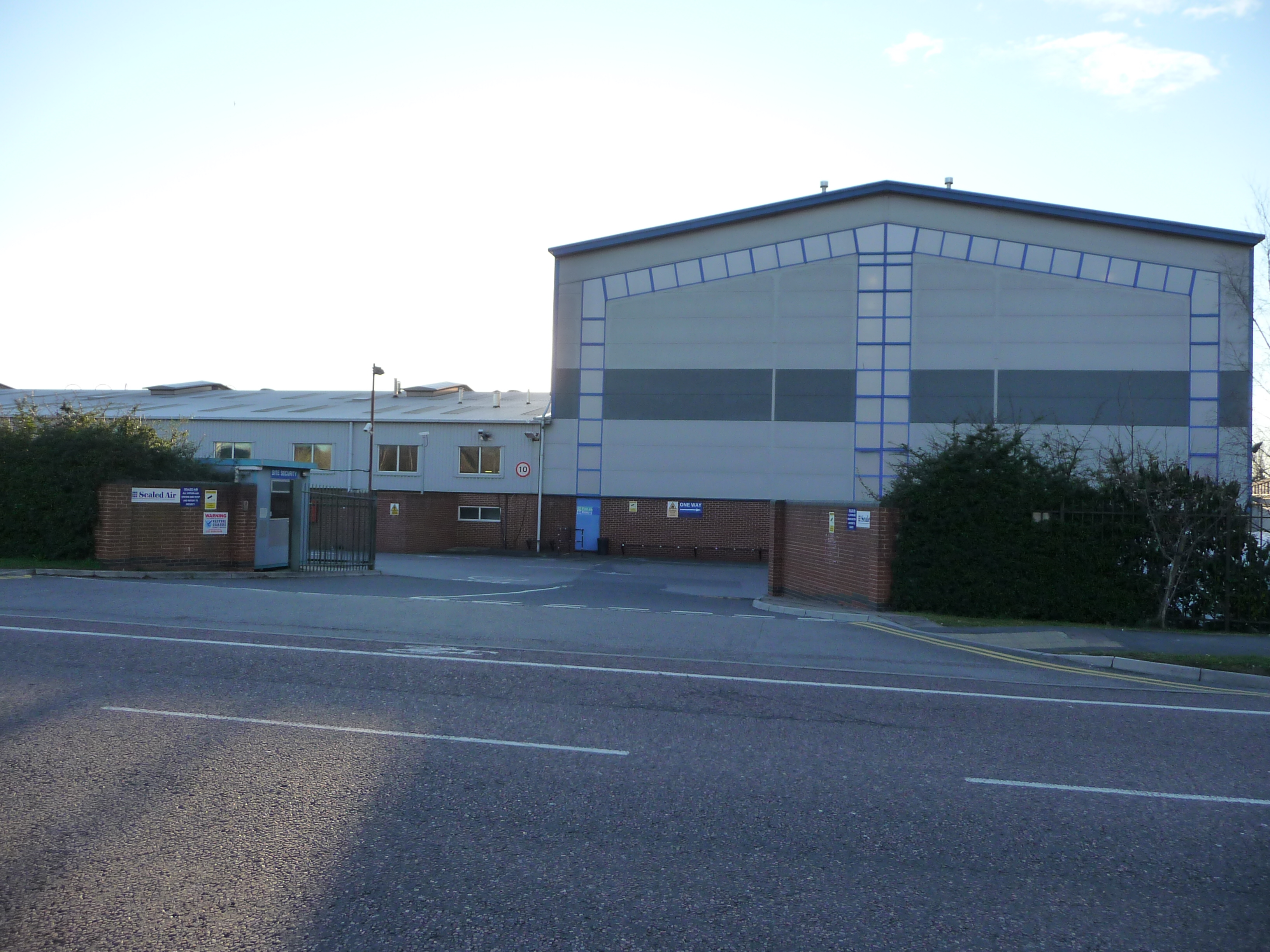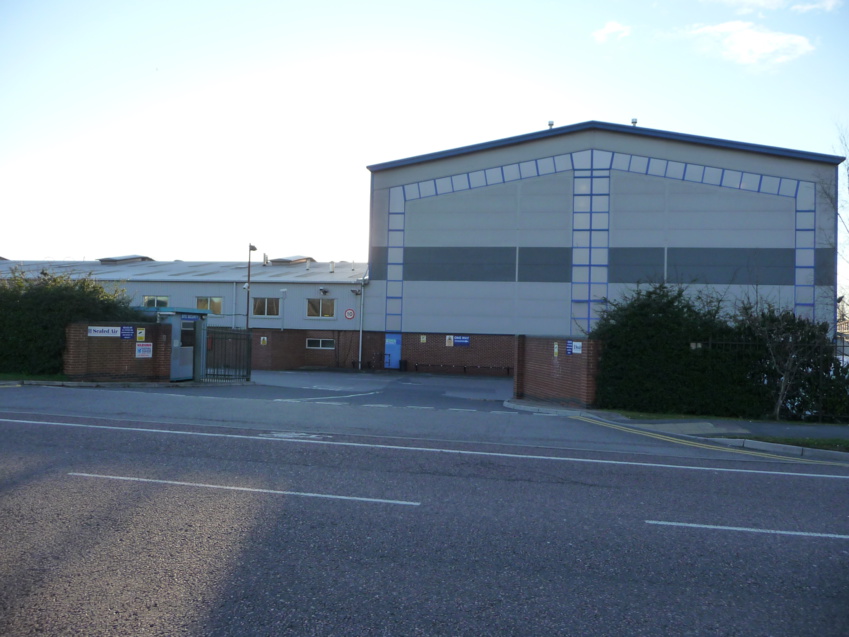Ron Cotterman's primary focus at Sealed Air (SEE) is to advance new solutions that improve the sustainability of products, processes, and services, with the overall goal of preventing waste, enabling circularity, and reducing climate impacts across the packaging value chain.
What Does SEE Mean by Innovation?
There's a lot more to innovation than creating a new package for a customer. Innovation is about combining insights, technologies, and business models to solve customer problems while anticipating unintended consequences.
Before designing solutions, SEE works to understand the needs of the customer market. Everything from packaging performance, digital information, and automation requirements to sustainability, circularity, and carbon footprint is considered. Using this comprehensive approach, we generate customer and societal value that exceeds the packaging investment.
To solve large, complex problems that are beyond the capabilities of a single company, more and more innovation is required. To be truly innovative these days, you must also be truly collaborative. It's like putting together a puzzle by matching what your company does best with what other companies do best. Only by working together can you achieve a result that is greater than the sum of the individual parts.
Sealed Air is an innovative company because we think about innovation in terms of how it works in a system, how it adds value to business models, and how companies can collaborate across the value chain to achieve desired results.
What are SEE's Innovation Challenges?
Understanding how to drive sustainability without causing unintended consequences is one of our most difficult innovation challenges. For example, simplifying flexible plastic packaging materials to allow mechanical recycling may have unintended consequences if packaging performance suffers or product waste increases. As a result, we must comprehend how various product and supply chain factors influence overall sustainability.
When it comes to sustainable design, I like to use the analogy that it would be better to use a compass for this journey rather than a speedometer. A compass tells you which way to go, as opposed to a speedometer, which only tells you how fast you're going to get there. Knowing where you need to go with a focus on sustainability is far preferable to arriving at the wrong place quickly.
How Does SEE's Sustainability Pledge Align with Innovation?
When designing customer material solutions that also meet our 2025 Sustainability Pledge, we work to ensure recycled or renewable content and recyclability are top of mind. This can be especially difficult in today's environment due to a lack of recycling infrastructure, a scarcity of recycled or renewable materials for food or health-care applications, and inadequate performance of alternatives that can have a negative climate impact.
SEE is at the forefront of efforts to design plastic packaging that is easier to recycle and contains recycled content for both mechanical and advanced recycling processes. Simultaneously, we are pioneering developments in fibre and paper-based packaging systems to improve their performance for product protection.
Consider SEE's new fibre tray for fresh protein packaging. It was more complicated than simply switching from plastic to paper. We considered how the fibre tray would affect our customers' productivity and carbon footprint. We took into account consumer confusion about how to recycle food packaging. Most importantly, we ensured that the material substitution produced all of the performance attributes required to protect and distribute the product.
How is SEE working together to promote innovation and sustainability?
In today's hyper-competitive environment, industries must work together for the greater good. While SEE is leading a number of major circularity collaborations, we want to encourage others in our industry to join us in evolving material design, post-consumer collection, and sorting and recycling infrastructure. The challenge is to get more companies to collaborate to show that a circular economy for flexible packaging is possible, and then to support the education, advocacy, and investments required to scale our industry.
To read Sealed Air’s Global Impact Report click Here.
To learn more about the company’s ESG and Sustainability Efforts click Here.
What Does SEE Mean by Innovation?
There's a lot more to innovation than creating a new package for a customer. Innovation is about combining insights, technologies, and business models to solve customer problems while anticipating unintended consequences.
Before designing solutions, SEE works to understand the needs of the customer market. Everything from packaging performance, digital information, and automation requirements to sustainability, circularity, and carbon footprint is considered. Using this comprehensive approach, we generate customer and societal value that exceeds the packaging investment.
To solve large, complex problems that are beyond the capabilities of a single company, more and more innovation is required. To be truly innovative these days, you must also be truly collaborative. It's like putting together a puzzle by matching what your company does best with what other companies do best. Only by working together can you achieve a result that is greater than the sum of the individual parts.
Sealed Air is an innovative company because we think about innovation in terms of how it works in a system, how it adds value to business models, and how companies can collaborate across the value chain to achieve desired results.
What are SEE's Innovation Challenges?
Understanding how to drive sustainability without causing unintended consequences is one of our most difficult innovation challenges. For example, simplifying flexible plastic packaging materials to allow mechanical recycling may have unintended consequences if packaging performance suffers or product waste increases. As a result, we must comprehend how various product and supply chain factors influence overall sustainability.
When it comes to sustainable design, I like to use the analogy that it would be better to use a compass for this journey rather than a speedometer. A compass tells you which way to go, as opposed to a speedometer, which only tells you how fast you're going to get there. Knowing where you need to go with a focus on sustainability is far preferable to arriving at the wrong place quickly.
How Does SEE's Sustainability Pledge Align with Innovation?
When designing customer material solutions that also meet our 2025 Sustainability Pledge, we work to ensure recycled or renewable content and recyclability are top of mind. This can be especially difficult in today's environment due to a lack of recycling infrastructure, a scarcity of recycled or renewable materials for food or health-care applications, and inadequate performance of alternatives that can have a negative climate impact.
SEE is at the forefront of efforts to design plastic packaging that is easier to recycle and contains recycled content for both mechanical and advanced recycling processes. Simultaneously, we are pioneering developments in fibre and paper-based packaging systems to improve their performance for product protection.
Consider SEE's new fibre tray for fresh protein packaging. It was more complicated than simply switching from plastic to paper. We considered how the fibre tray would affect our customers' productivity and carbon footprint. We took into account consumer confusion about how to recycle food packaging. Most importantly, we ensured that the material substitution produced all of the performance attributes required to protect and distribute the product.
How is SEE working together to promote innovation and sustainability?
In today's hyper-competitive environment, industries must work together for the greater good. While SEE is leading a number of major circularity collaborations, we want to encourage others in our industry to join us in evolving material design, post-consumer collection, and sorting and recycling infrastructure. The challenge is to get more companies to collaborate to show that a circular economy for flexible packaging is possible, and then to support the education, advocacy, and investments required to scale our industry.
To read Sealed Air’s Global Impact Report click Here.
To learn more about the company’s ESG and Sustainability Efforts click Here.


 Innovative sustainable packaging solutions from Sealed Air – An Interview
Innovative sustainable packaging solutions from Sealed Air – An Interview





 Companies
Companies